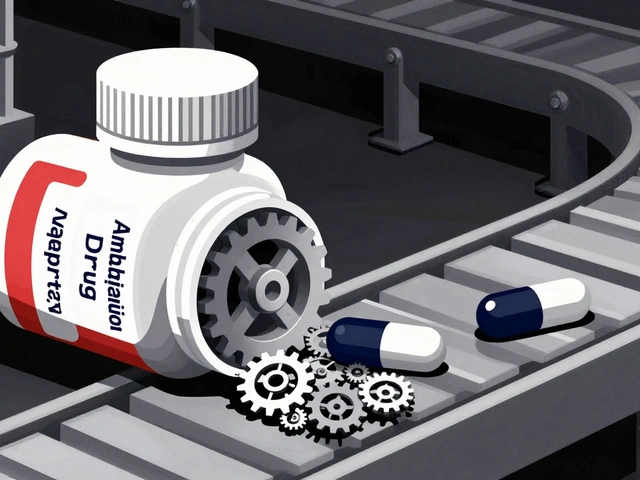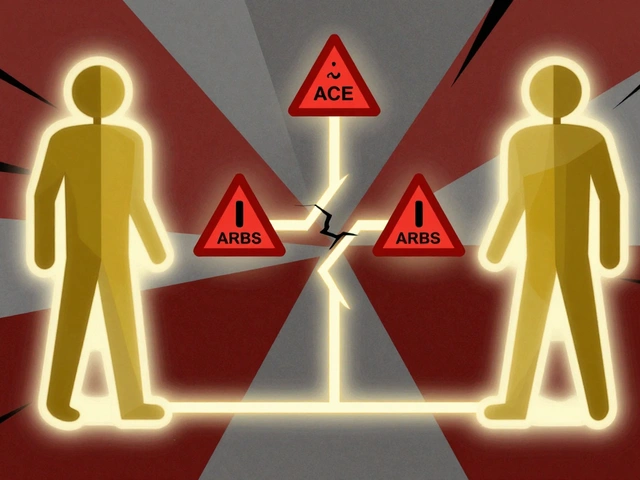Alcohol Dependence Syndrome Overview
When dealing with Alcohol Dependence Syndrome, a chronic condition marked by uncontrolled drinking and physical cravings. Also known as Alcohol Use Disorder, it affects millions worldwide and often leads to serious health and social problems. Understanding this condition starts with recognizing its core components: the compulsive urge to drink, tolerance buildup, and persistent use despite harm.
The next piece of the puzzle is Alcohol withdrawal, the set of physical and psychological symptoms that appear when drinking stops. Symptoms can range from mild tremors and anxiety to severe seizures or delirium tremens. Knowing how withdrawal presents helps clinicians intervene early and prevents dangerous complications.
Effective management relies on Medication‑assisted treatment, the use of drugs like naltrexone, acamprosate, or disulfiram to reduce cravings and support abstinence. These medications, combined with counseling, form the backbone of modern therapy and improve long‑term recovery rates. Early detection is boosted by AUDIT screening, a brief questionnaire that gauges risky drinking patterns, allowing providers to identify problems before they spiral.
What you’ll find next
Below you’ll discover articles covering everything from detailed withdrawal management guides to comparisons of treatment options, practical tips for using screening tools, and insights into rehabilitation programs, structured inpatient or outpatient services that combine medical care, therapy, and peer support. Whether you’re a patient, family member, or health professional, the collection offers concrete information to help you navigate Alcohol Dependence Syndrome effectively.

How Education Helps Prevent Alcohol Dependence Syndrome
Explore how targeted education-both in schools and communities-can stop the rise of Alcohol Dependence Syndrome, with data, practical steps, and a clear comparison of strategies.
read more




